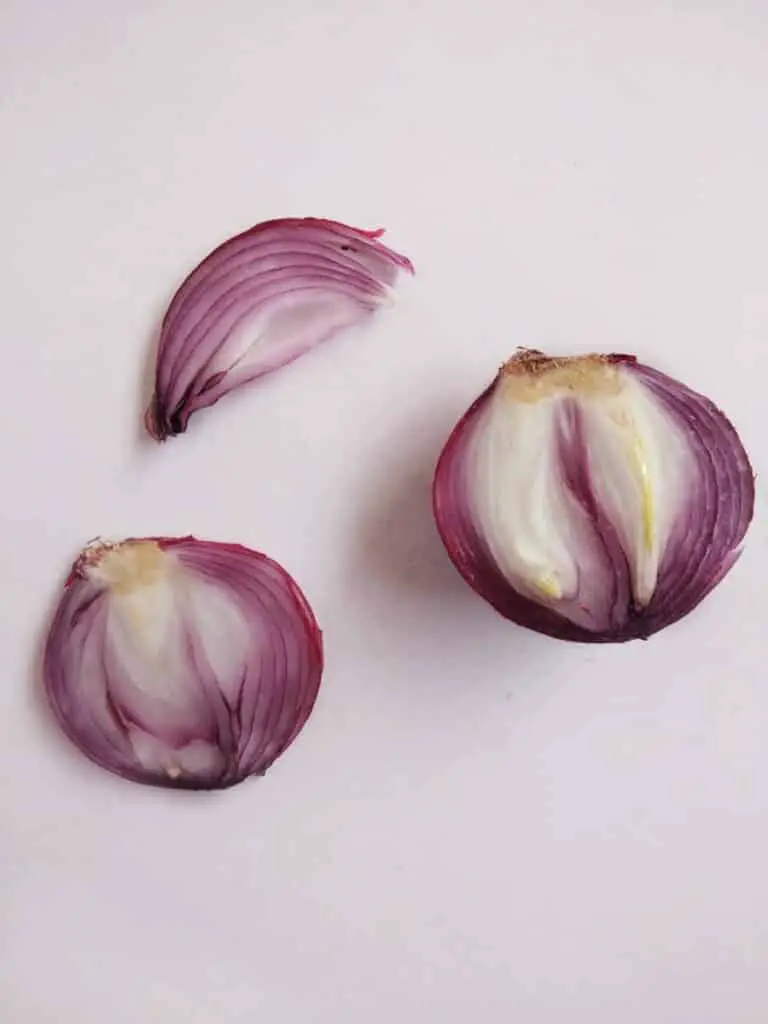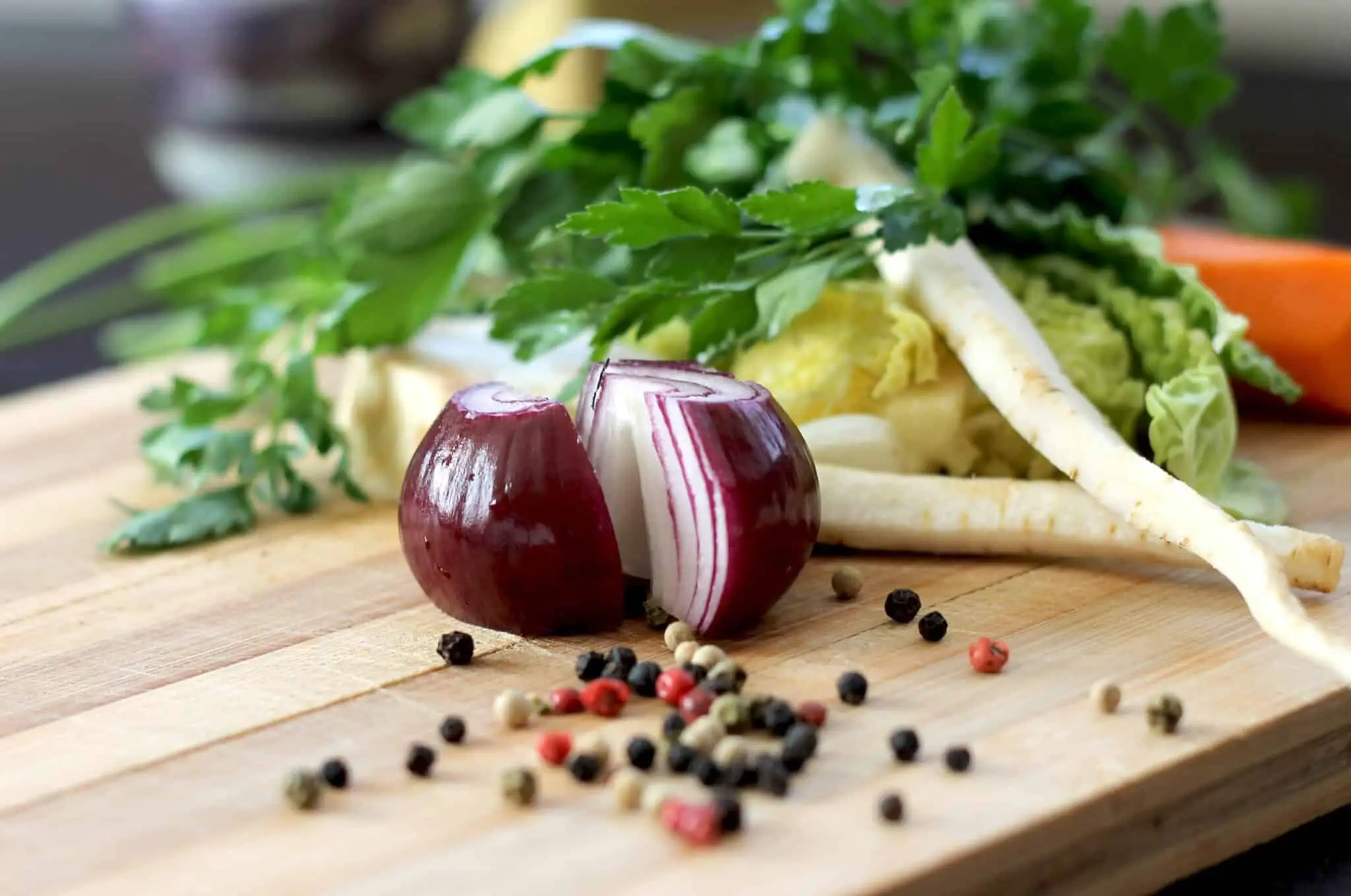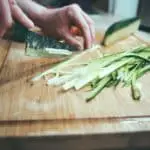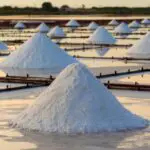Table of Contents
Shallots are a criminally underrated ingredient found in a variety of cuisines. Its subtly sweet flavour makes it an excellent addition to all sorts of dishes, but sadly, they are often overshadowed by their more famous cousins, yellow and red onions. That doesn’t mean that you should ignore them, however! And they definitely deserve better than people asking – “What is a shallot”.
In this article, we’ll be discussing what a Shallot is, how it’s different from its cousins, and how to prepare and cook them so that you can start to use them in your kitchen to impress everyone you tell.
What Is A Shallot?
Shallots are a part of the Amaryllidaceae family and are related to other common garden vegetables like garlic, leeks, and onions.
Many people often confuse Shallots as onions and while they share common characteristics due to their family connection, they are inherently different.

Like garlic, Shallots are grown in clusters underground and each bulb is covered in a thin, copper coloured skin.
Shallots have been used in dishes across the world since the times of the ancient Greeks who found them while trading in an ancient port of Ashkalon, which is now a part of Israel. In the 11th century, crusaders ushered Shallots into Central and Southeast Asia. Now, Shallots are regularly associated with French cuisine.
Like onions, there are different variations of Shallots, 13 to be exact. They can be found with a variety of different skins including the golden, copper colour skin we mentioned previously but also a purple, red-tinted skin that’s reminiscent of red onion.
France is the home of the Shallot and many of the varieties can be found here. The two most popular types of Shallots in France are the Griselle, or Gris, (grey) Shallot, and the Échalote De Jersey.
As the name suggests, the Griselle has a grey hue exterior with a purple-white flesh. The Jersey Shallot, on the other hand, is a round Shallot whose taste is more comparable to that of a yellow onion. It’s much more pungent than other types of Shallots which are sweeter in taste.
The Banane (Banana) or Ovale Shallot, is the largest Shallot variety and can reach up to 18cm in length. Like The Jersey Shallot, the Banana Shallot has a taste that’s halfway between garlic and onions.
What Do Shallots Taste Like?
One of the first questions people ask when they start to understand what a Shallot is, is what do they taste like?
They have a similar taste and texture to yellow and red onions but have a much sweeter taste than their cousins.
Because of their sweet taste, Shallot’s are often caramalised in recipes like soups and stews to balance out the acidity of other ingredients like tomatoes or red wine.
Where Are Shallots Grown?
Today, Shallots are found in different parts of the world but are historically found in France. In France, Shallots are available fresh for five to six months out of the year. Good restaurants in France will ensure that they have a fresh stock of Shallots year-round.
They’re also cultivated in parts of central Europe like Holland and Denmark and true to their Asian routes, are grown in China and parts of South East Asia.
What Does A Good Shallot Look Like?
We’ve all been there, we’ve gone to pick out vegetables at the store or farmer’s market. We then get home, excited by the prospect of a meal with fresh ingredients but there’s just one problem… none of the fresh ingredients are good.
To prevent this from happening, it’s good to know what to look out for when picking up your produce.

The best way to identify good Shallots is to first feel them. If they are heavy in size and have dry, flaky skin, then it’s a good Shallot.
You should also look for Shallots that are unsprouted or have soft spots as this could be a sign of bruising.
To keep Shallots fresh for as long as possible, store them in a cool, dark, and dry place. Shallots don’t do well in the fridge because of the moisture.
How To Cut Shallots
Unlike certain garden vegetables, you don’t need to prepare them in a certain kind of way, but it is useful to know how to cut them to ensure you get the most out of them.
There are several ways to cut Shallots but no matter the approach you should always cut off the stems as this part is inedible. Similarly, the skin should be removed. Without this step, you won’t be able to get through to the flesh which is the part you’ll be using to cook with.
While Shallots don’t require any specific preparation prior to cutting, you can opt to soak shallots in warm water to make it easier when you go to peel the skin off. Soak them for up to half an hour before you plan on cutting them.
Once you’ve removed the skin and the stem, cut the Shallots in half, then cut both halves again so they are quarters before chopping them the way you would an onion.
You can either chop them coarsely, finely or into strips. This will depend on your cooking style and/or what the recipe you’re following calls for. You could even leave them whole or slice them into rings for garnish.
How To Cook Shallots
Shallots are an incredibly versatile ingredient that can be used to refine and enhance dishes. We mentioned earlier that Shallots are often caramalised and then combined with other foods but there are several other ways to cook Shallots.
You’ll often see Shallots sliced very thinly in sauces. In these instances, the Shallots are either sauteed with other ingredients or even served raw.
Shallots are also used in several vinaigrette’s, again, because of their natural sweetness which balances the acidity of common vinaigrette ingredients like balsamic vinegar, olive oils, and lemons. Shallot-infused vinaigrette’s are then served on salty seafood like raw oysters.
Key takeaways – What Is a Shallot?
Shallots are incredibly versatile ingredients and can be used in place of other similar ingredients like onions. Here are some key things to remember when cooking with Shallots:
- A Shallot comes from the same family as onions but they are inherently different with nuances in taste
- You should check for bruises when buying Shallots to ensure that they are fresh
- Soak Shallots in warm water before peeling away the skin
- Shallots can be served sauteed, pureed in sauces, or raw as a garnish










